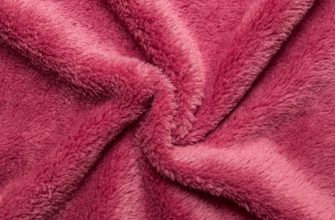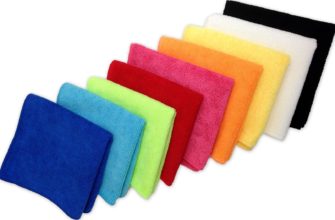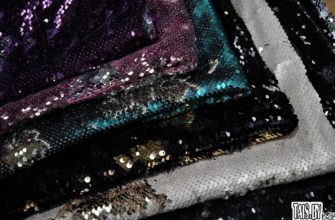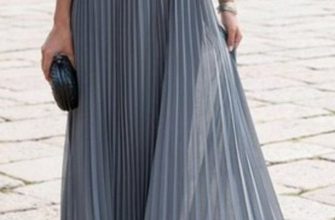Shiny "iron" fabric was made in ancient times, for example, by the Egyptians. The fabric was made using threads drawn from gold or silver or with their addition and predominance. Naturally, such material was worn either by very wealthy people or rulers. The status of such fabrics has been preserved to this day, but now everyone can afford them. True, in modern fabrics, lurex is used as threads, which is aluminum fibers in a polyester braid. This gives the textile shine and strength. It is worth giving a more detailed description of such a popular fabric.
What is lurex
Lurex is a thin, shiny metallic thread that is added to some yarns to give them a shiny appearance.
Important! Initially, lurex was not associated with the world of fashion and textiles. It was the same coated aluminum thread, but it was used in the cigarette industry to easily open the cellophane casing of cigarette packaging. The word itself comes from the English verb "to seduce."
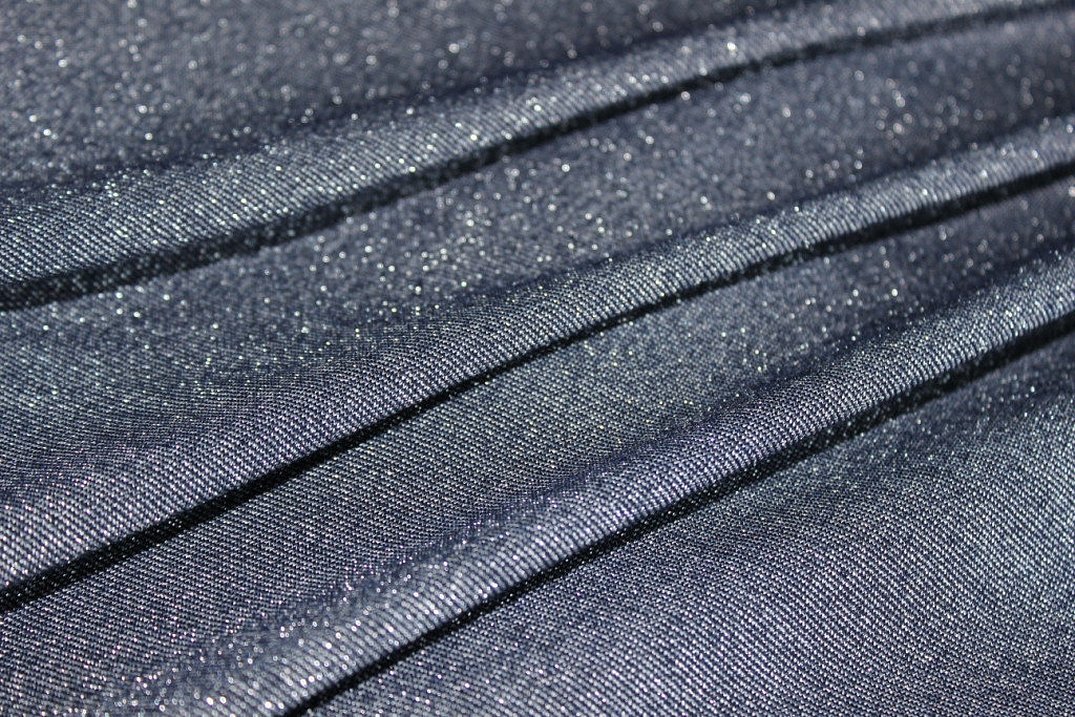
Back then, the strip quickly transformed into a thread and became popular due to its properties, including:
- Resistance to corrosion and oxidation;
- Maintaining shine during prolonged washing and contact with adverse environmental factors;
- Possibility to choose any shade of thread;
- Hypoallergenic;
- Strength;
- Can be used on conventional weaving machines.
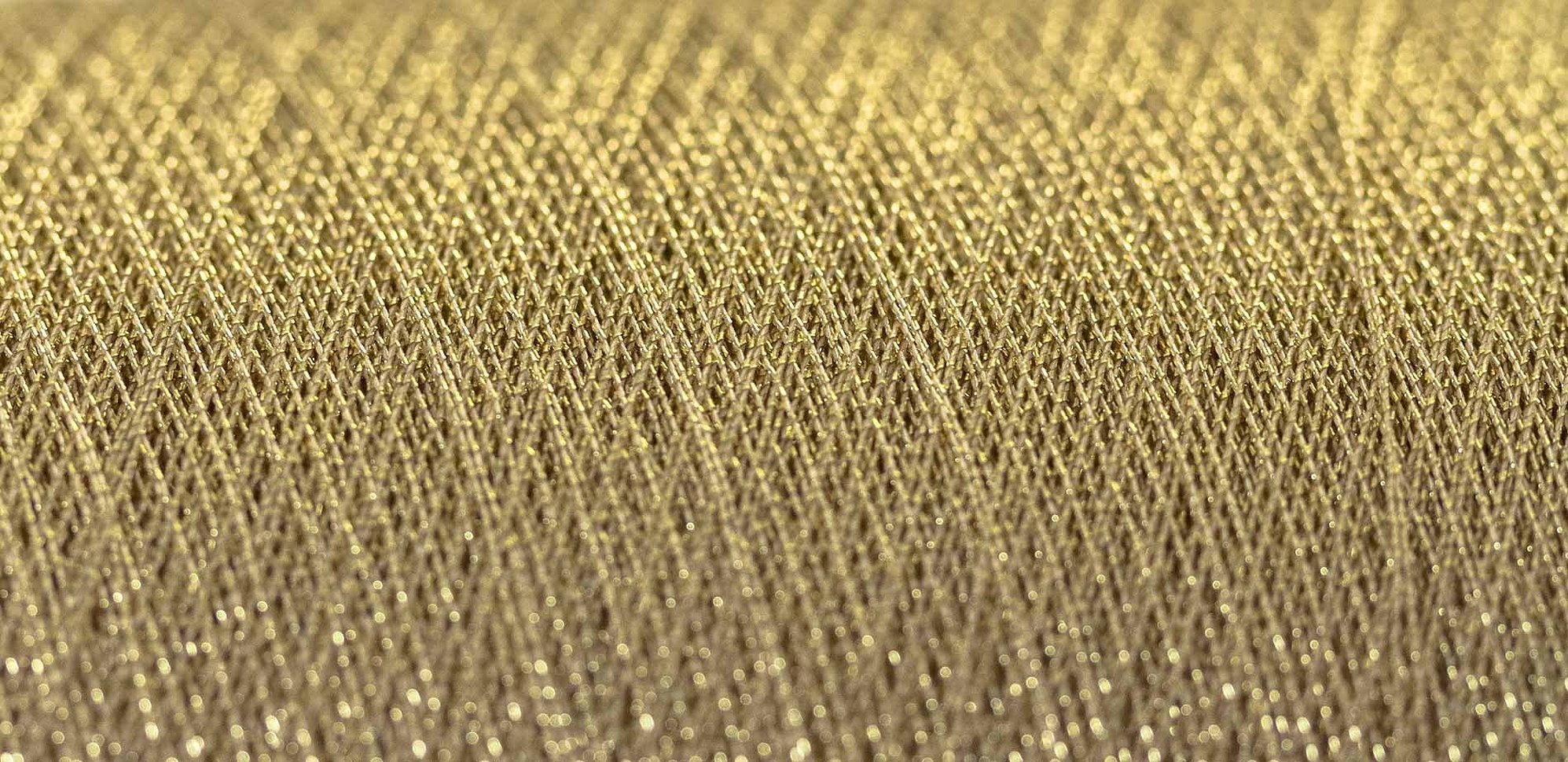
It was in the 70s that the company established the production of these threads, which were used primarily for decorative purposes and became so popular in the fashion of that time.
Accordingly, as a type of yarn, it is very young and was first used in clothing by American fashion designer Bill Gibb.
Rulix fabric is quite rigid, as is the thread. It has these properties because it contains various types of foil: aluminum, copper, nickel and brass.
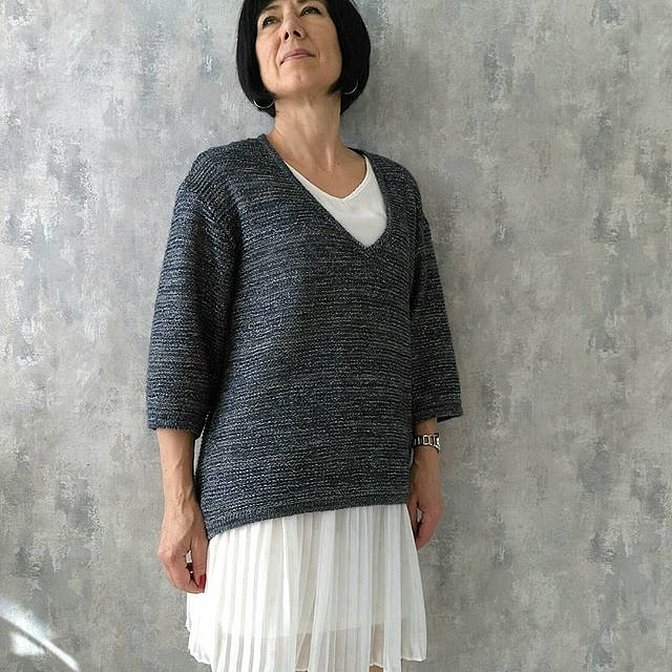
Important! This is a relatively expensive manufacturing method, so shiny paints and chemical compounds are often used to create cheap lurex threads.
Lurex threads are hard, so you can't knit only from them. To create beautiful products, this yarn is combined with other types of materials, namely:
- Viscose;
- Acrylic;
- Cotton;
- Knitwear;
- Len and others.
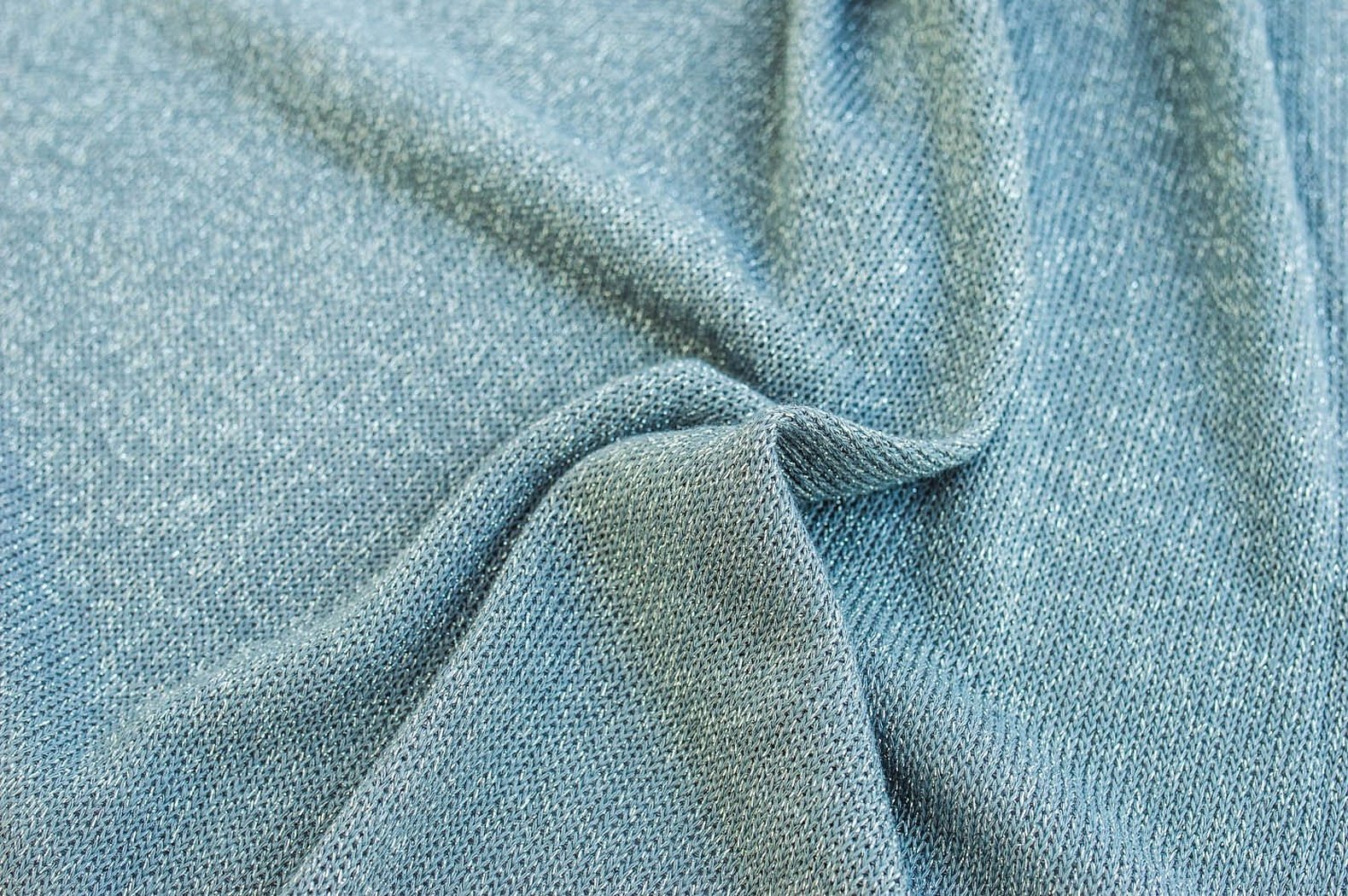
Lurex in the history of fashion
As already mentioned, shiny threads entered the textile industry after their use by designer Bill Gibb. It was after his show, where shiny clothes were first presented, that the fashion for lurex was born, the boom of which occurred in the 80s.
Important! The boom was literally colossal. The thread was used for evening and daytime outfits, for children and pensioners, in accessories such as bags and hats. No disco could do without lurex. And in photos, lurex fabric looked simply stunning.
As expected, the excessive mass production of beautiful and cheap, but not the best quality fabric came to its logical conclusion, since it began to be considered in bad taste.
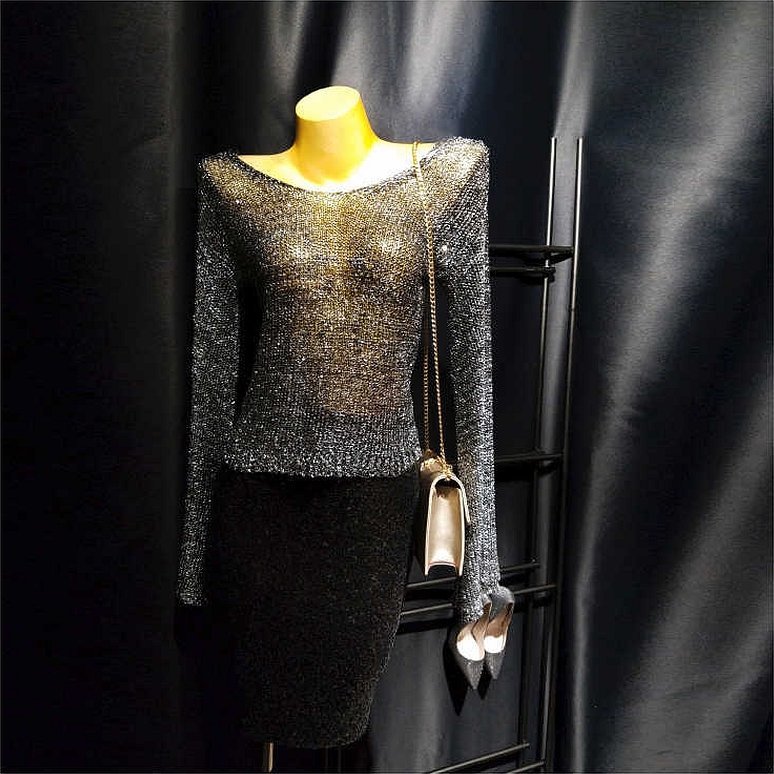
Despite this, lurex fabric continued to be in demand not only in high fashion, but also in everyday wear. As for modern fashion, clothes with the addition of lurex regularly appear in the collections of Gucci, Louis Vuitton, MaxMara. Luminous clothes can still often be seen on many famous people: Pamela Anderson, Eva Longoria and others.

How Lurex is Obtained
As already mentioned, precious metals were used to obtain threads in ancient times. To produce them, sheets were flattened to a thickness comparable to that of modern foil. Thread was drawn from this. Such fiber was not durable and was used for wrapping silk garments. Animal intestines, dusted with metal, were often used for threads.
Later, other metals began to be used, but the clothes had the same disadvantages: they were uncomfortable and were damaged by contact with water.

Lurex thread acquired its almost modern appearance in the late 50s, when it was created for use in the cigarette industry for easy opening of cigarette packs. Regular foil tore and could not evenly open the polyethylene wrapper. Therefore, it began to be wrapped in a synthetic shell and made of aluminum. Soon this material became very widespread.
In modern fabrics, its content depends on the specific purpose of the fabric. The content can reach from 3 to 30%. Its price depends on the production technology and footage.
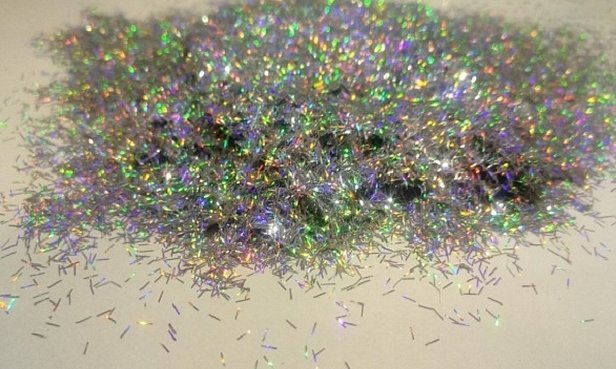
Important! Threads are made using chemical dyeing to extend their service life, which allows for a huge number of colors and shades to be achieved, while reducing the cost of both the material and the final product.
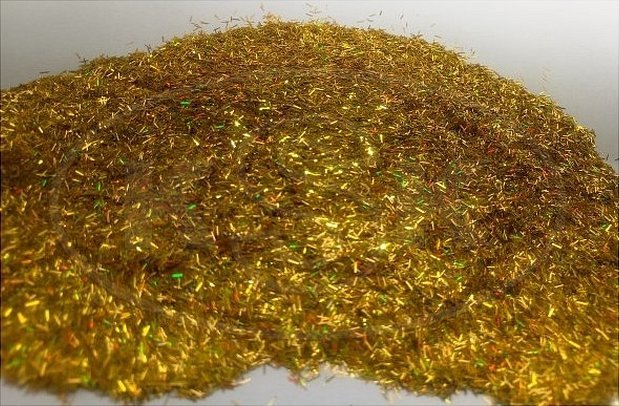
More expensive Lurex is made using thin strips of copper, brass, nickel and other materials that conduct electricity and can be used in electrical applications.
Types of Lurex
Modern textile manufacturers produce the following types of lurex:
- A fiber having a round structure;
- A flatbread in the form of a ribbon, most often holographic;
- Tinsel, which looks like a round twisted thread;
- Gimp, also a fiber, only in a spiral;
- A yarn that is a thread twisted with another material.
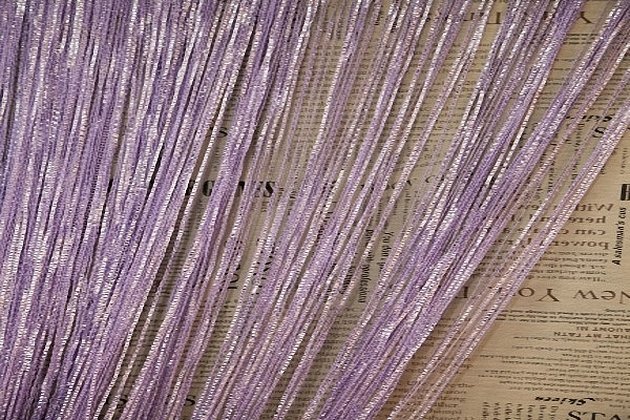
What is lurex used for?
Today, the range of shiny things is even greater than at the peak of development in the 80s. Lurex is mixed with almost any type of textile.
Cloth
Most often it is used for sewing dance, club and pop clothes. Depending on the density and type of material, outerwear, casual blouses and skirts, dresses and tops are made with the addition of lurex. Accessories are not ignored either. Scarves, bags, shawls, cosmetic bags, shoes are some of the few things that are created with the addition of lurex threads. In online stores, you can often find knitwear with holographic lurex on interlining, the characteristics of which are identical to ordinary knitwear, but with the condition that there is lurex.
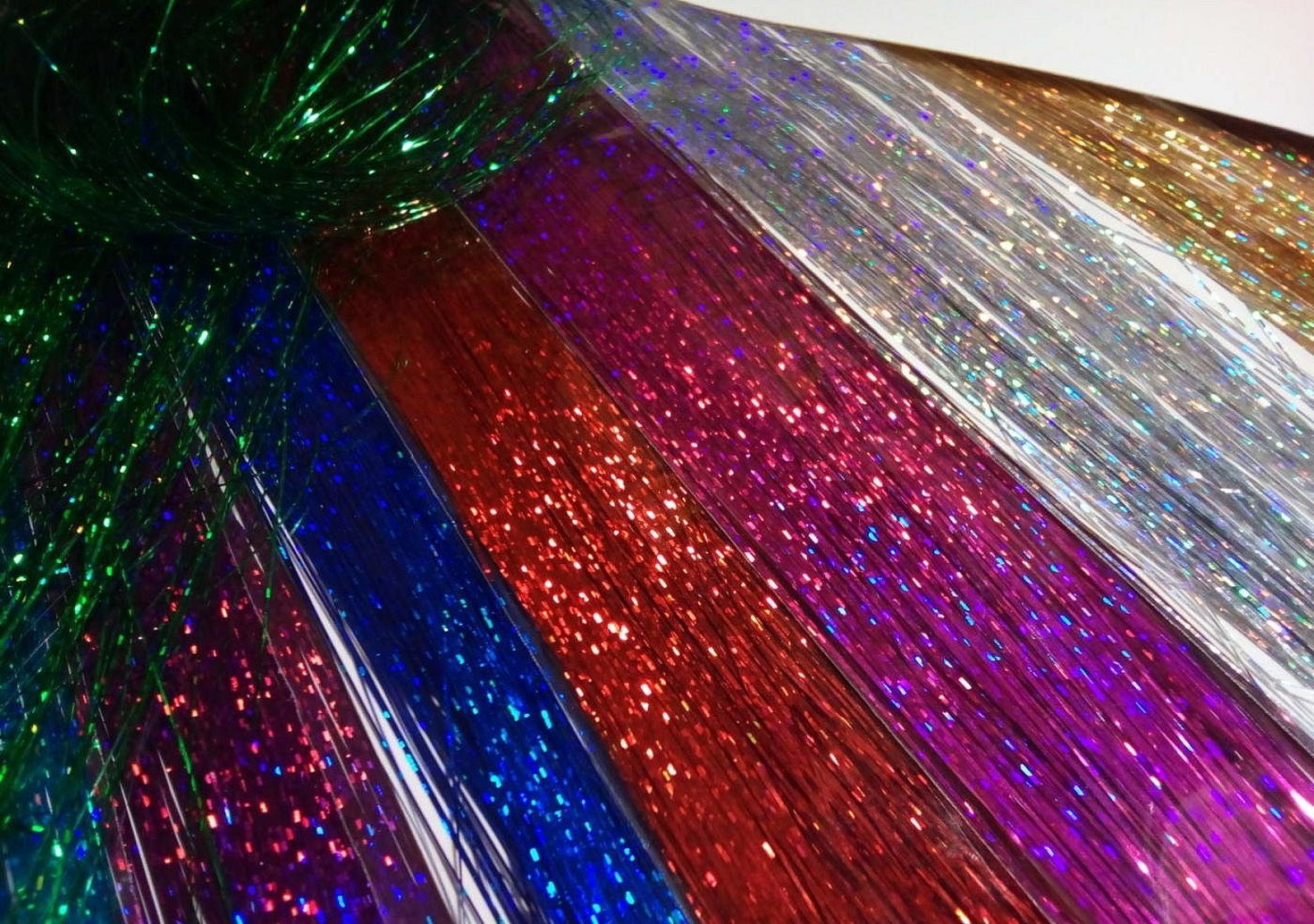
Important! It is worth reminding lovers of this textile that it requires taste and a sense of proportion. A completely luminous and reflective image is more suitable for artists and socialites, and not for everyday wear.
For ordinary people, it is acceptable to combine several accessories made of lurex, for example, a handbag and a top, a scarf and shoes. For everyday wear, only one shiny element is suitable, harmonizing with an ordinary thing of a calm, dull color.

Home textiles
Homemade knitted items with the addition of shiny threads have not gone out of fashion. These can be mittens, handbags, wicker baskets, rugs and much more. Moreover, these days curtains and other numerous decorative elements are woven using lurex, emphasizing the overall interior of the room and contrasting with other bright solutions in the form of carpets or paintings.
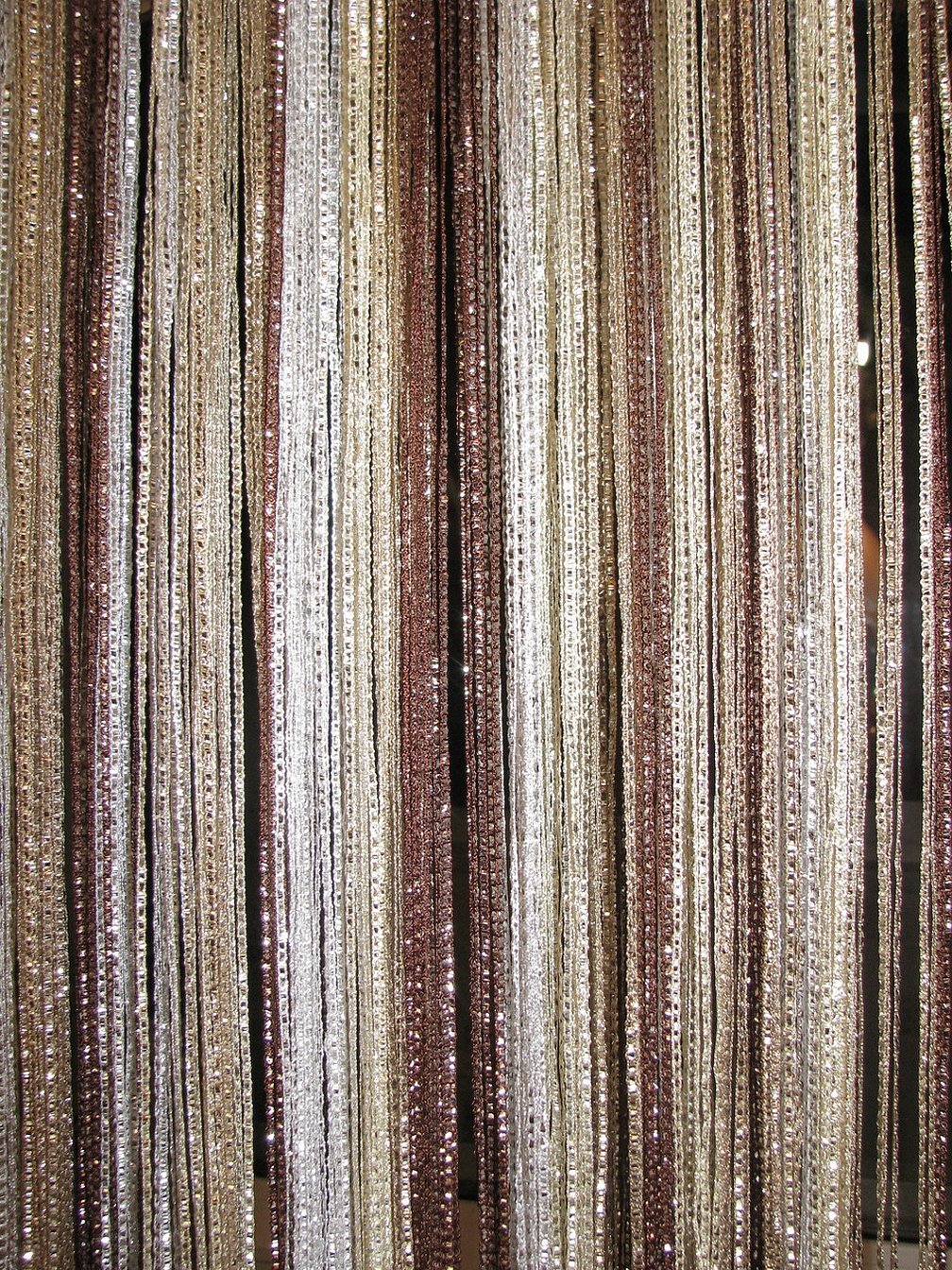
Lurex curtains create a unique and translucent background on the windows. Most often, they look like thread curtains, that is, they consist of parallel threads hanging down. This is one of the latest and most fashionable trends in interior decoration, which everyone can afford. Today, tulle with lurex is also mass-produced.
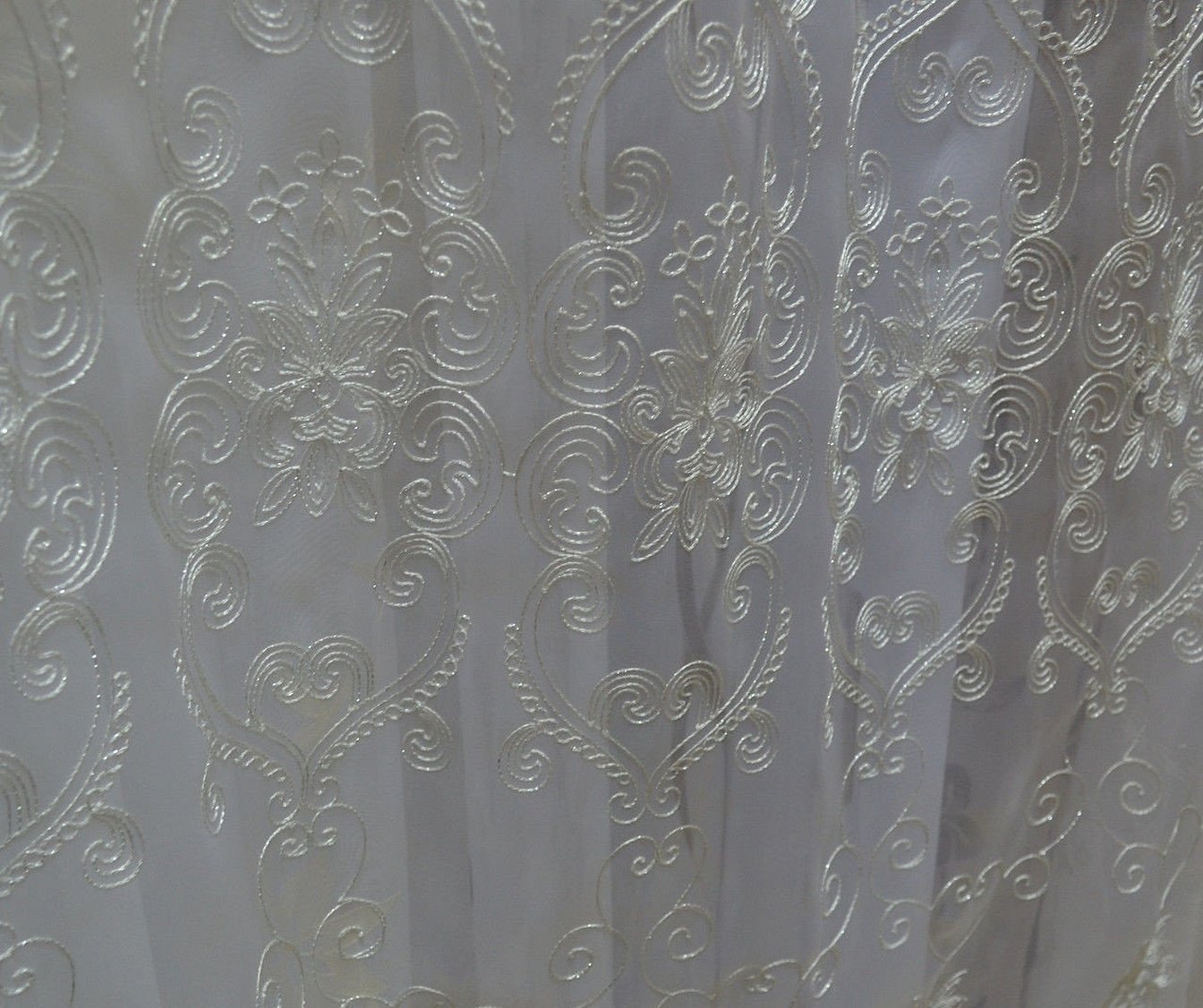
How to care
The properties of lurex are determined by its composition, manufacturing method, application and percentage content in other textiles. Although the material is considered durable, it does not tolerate high temperatures and strong mechanical impacts. This can damage the product or its appearance. That is why items with the addition of lurex are washed carefully by hand washing or washing in a gentle mode using neutral detergents.
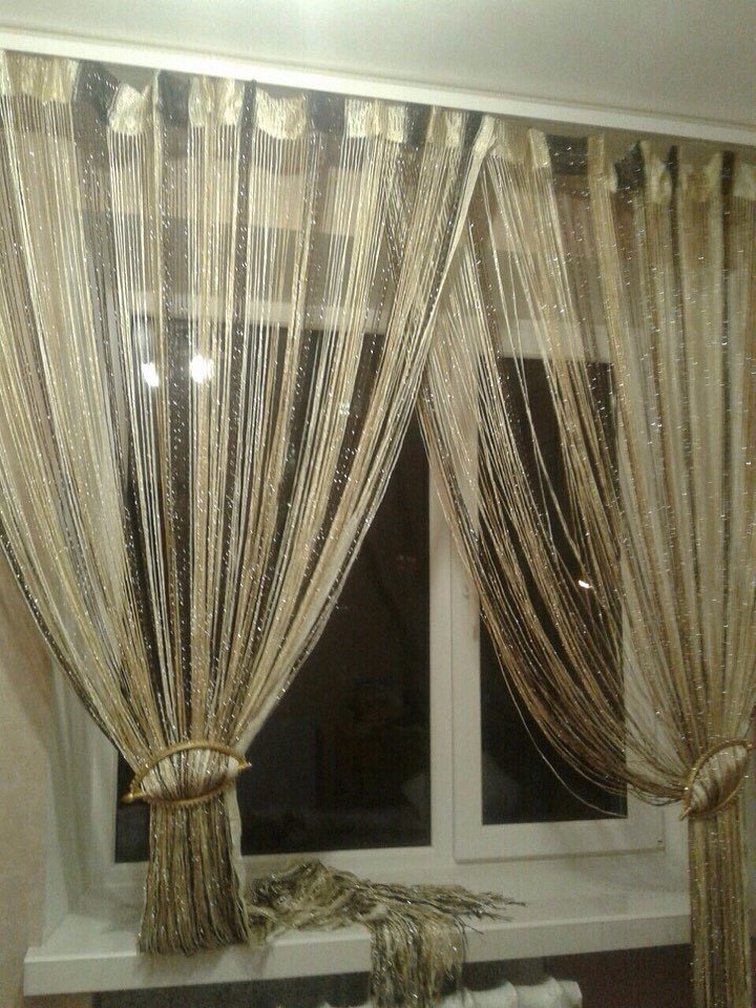
Spinning is also contraindicated for such items. It is better to hang them horizontally after washing until completely dry. It is not advisable to carry out heat drying.
Important! Ironing is not required for most lurex fabrics, as it can ruin them. If you do need to iron the item, do it from the inside, using the synthetic ironing mode on the iron. In this case, an additional layer of fabric is placed on the surface of the product and the steaming mode is avoided.
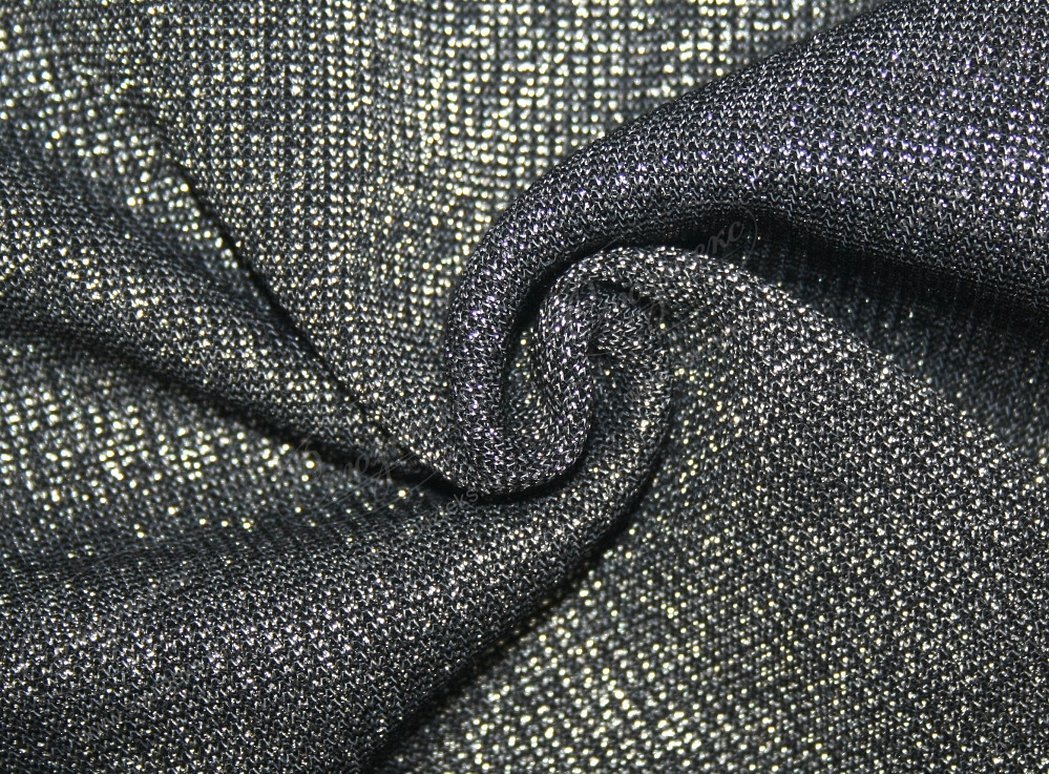
Storing "shiny" items involves the same rules as storing regular items. Everything depends on the type of fabric the threads are sewn into. If it is cotton footer with lurex, then you need to carefully fold the item for storage, as it wrinkles a lot. If it is acrylic, then washing is done only in water at room temperature. For viscose with lurex, the same precautions apply as in the case of acrylic, but the condition of washing exclusively in a delicate mode is added.
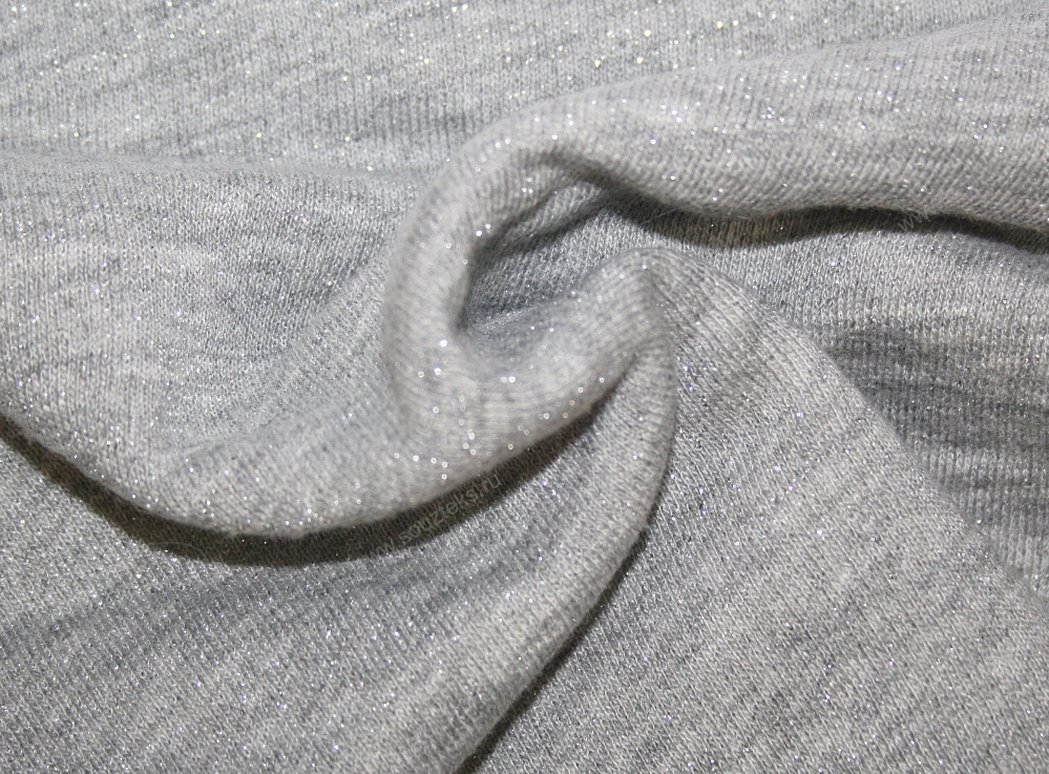
Thus, although lurex has many disadvantages and has already passed its peak of popularity, it is still in demand, especially in the textile industry. As for its popularity, it has firmly established itself in the world of fabrics and materials used to create fashionable, stylish, shiny and stylish clothes that competently emphasize the details that are emphasized, accessories in the form of bags and scarves, as well as interior decoration elements according to the latest fashion trends.

